There’s quite a bit of chatter about push-in speech therapy these days.
A lot school districts like the inclusion model and are encouraging their special education employees (including SLPs) to adopt this method of service. This happened in my district this year. Initially, I had the same questions that many SLPs do:
- How the heck do I use the push-in model and still target my kids’ goals?
- How do I actually use this model without feeling useless being in the classroom?
I’ve found that educating oneself about some of the many different push-in models is helpful. Knowing your options can keep you from feeling like you are being pushed out, rather than you pushing in. After some trial and error, the method that I found worked best for me, my teachers, and students was station model.

I got the idea from this Speech Peeps post — definitely one to check out! My school uses Daily 5 as part of their literacy curriculum. Students rotate from station to station and practice their reading skills. I am one of the stations that my students and 2-3 other little friends who need some language attention bounce over to. So bonus, I am also an intervention at the same time!
So how do I target their goals and take data? Wow, you have some great questions!
I believe there is no goal that a book can’t target, so I frequently use books in my station and tailor activities or questions to target the goal. Sometimes I find books, and sometimes I make them (like with my Community Helpers books) to try and match the classroom’s theme or lessons. This helps tie in my goals that I am trying to target to what students are doing in the classroom.
Now, there are many more types of models than the station model: co-teaching, parallel teaching, etc. While I wish there was a you tube video showing an SLP doing each model so we could see exactly what it looks like, there isn’t (at least not that I have found). A lot of it is collaborating with the teacher. Figure out what will work best for both of you. Ask them what they would like to see the push-in service look like to figure out what type of model they feel would work best and shape it from there. Talk about it, disagree about it, then agree to be flexible and create something that will work with the flow of the classroom and, of course, for the students.
When it comes to taking data, making tallies on my post-it just wasn’t going to work. I tried using my standard data collection method, IEP Pal, but with the pace of the classroom and my station it just wasn’t working. Recently, I’ve been using my Language Rubrics to collect data and that has worked beautifully! I can have a copy for myself and then a teacher copy so that I can get their perspective on the student’s progress.
One more thing, don’t forget about collaborating!
Talk with the teacher. See how you two can work together. Maybe there is a theme you two would like to take on. Maybe you two want to go through TpT materials and see what ideas those stir up. Don’t forget — just because you are an SLP doesn’t mean you can’t use a teacher’s TpT materials, and vice versa.
Keep in mind, push-in is not appropriate for all students. Some students are too self-conscious about their deficits to work in the room surrounded by their classmates. Some are too distracted by everything going on in the classroom. However, push-in/inclusion/whatever you want to call it should not be counted out as an option right off the bat. Initially, I was a bit against it, mainly because I had no idea how to make it work. But after some researching, talking to colleagues, asking advice in some of the SLP Facebook groups, I felt that I could figure it out. Change has the ability to make us feel uncomfortable and fearful. Keep in mind, you are a highly educated professional! If you can figure out how to help your nonverbal client ask for a toy, or the student who has been in speech therapy for years finally nail that /r/, you can do push-in therapy!
For more information on push-in/inclusion models you can check out these great posts!
– Guest post by Putting Words In Your Mouth on Sparklle SLP

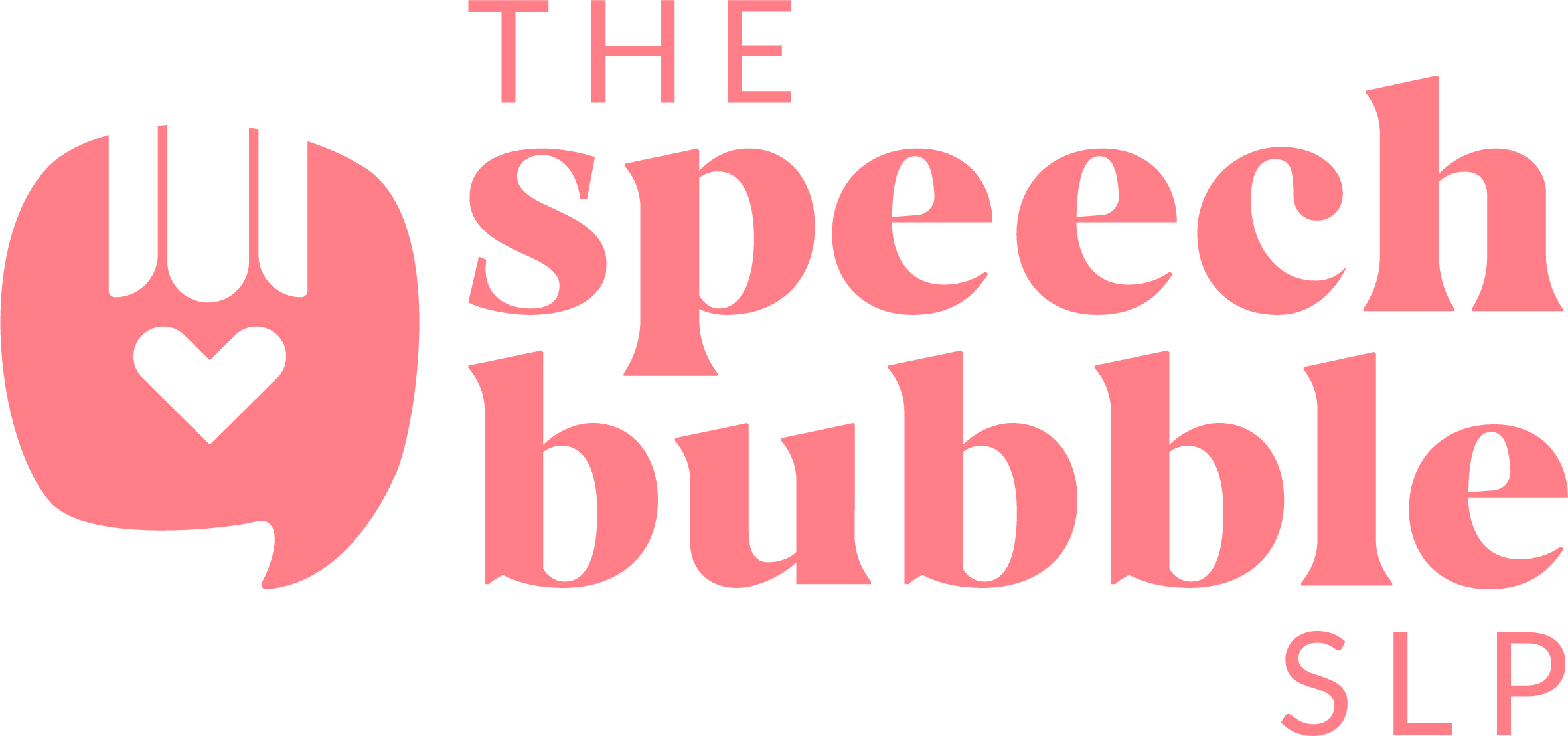
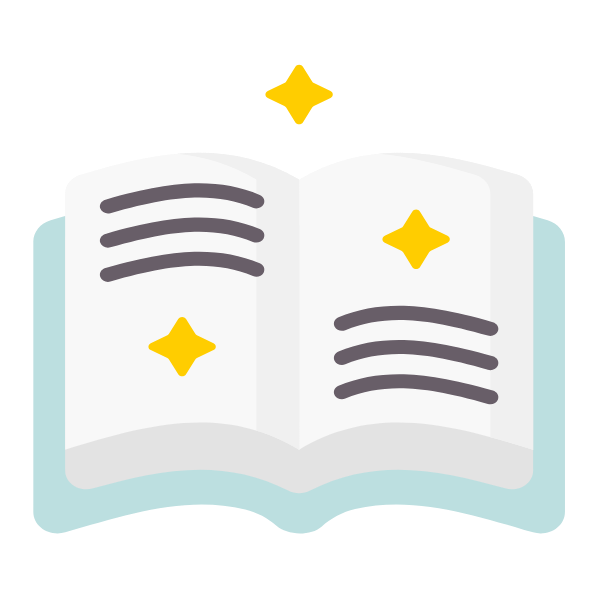


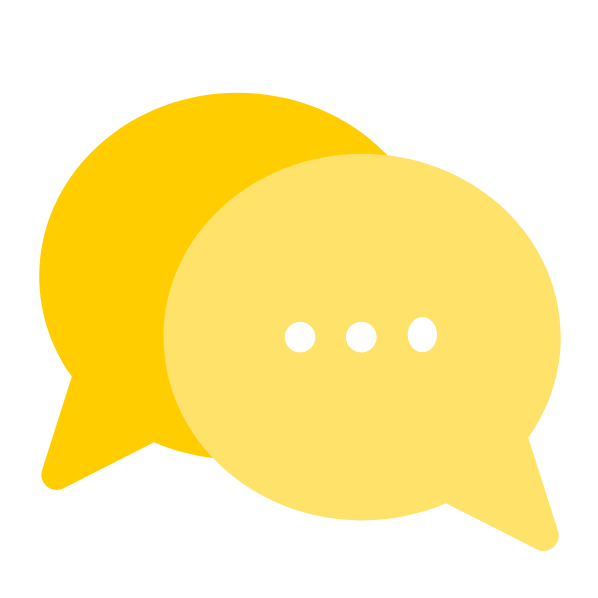

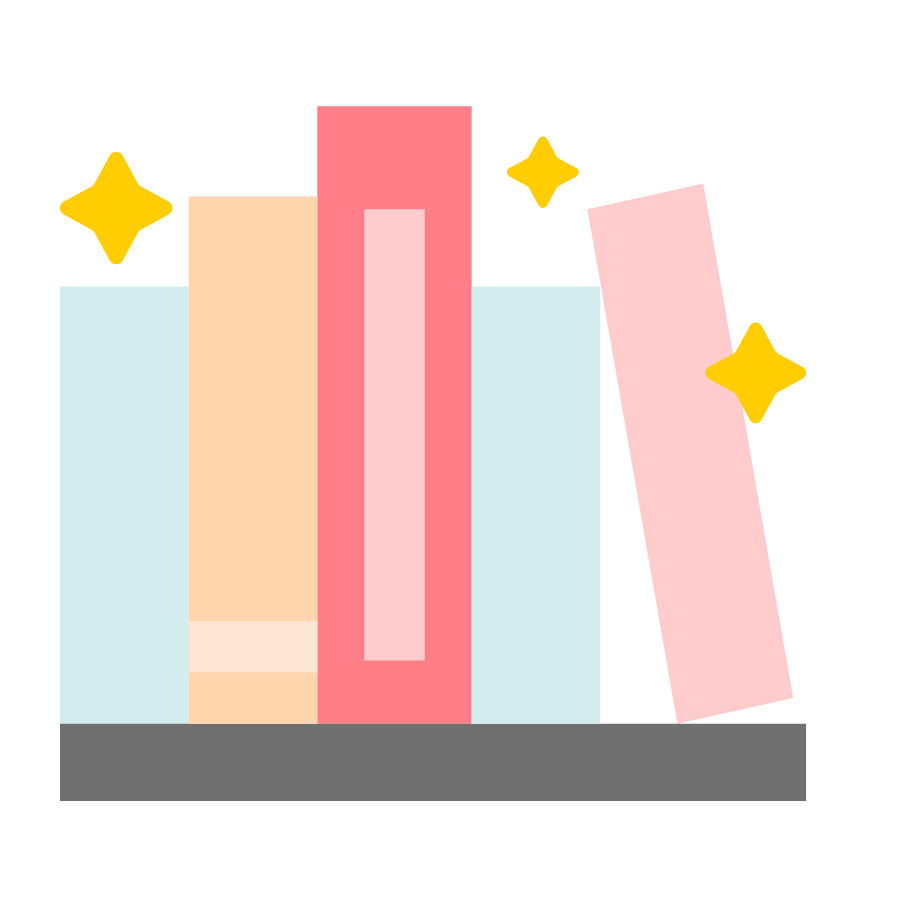

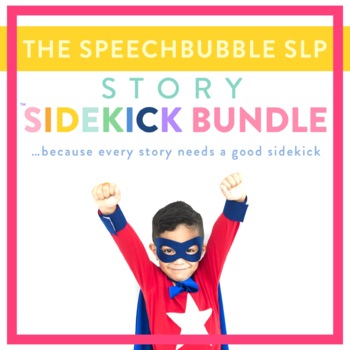






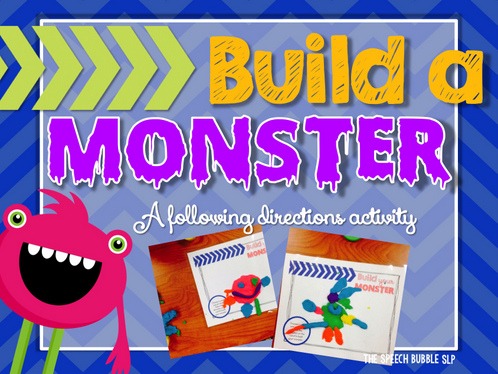
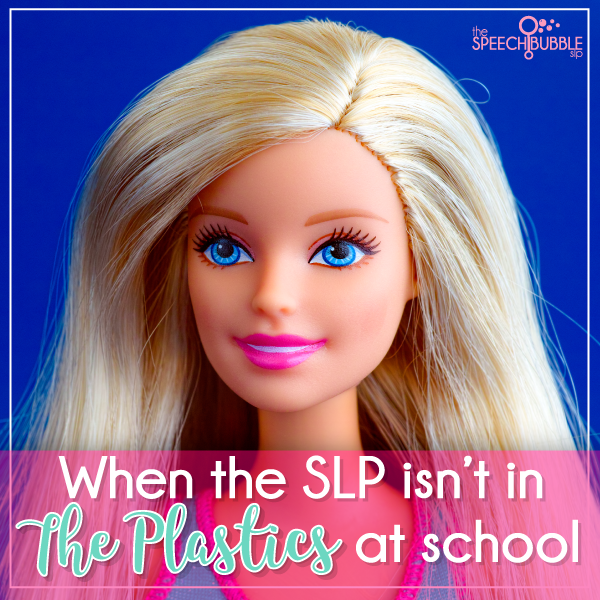

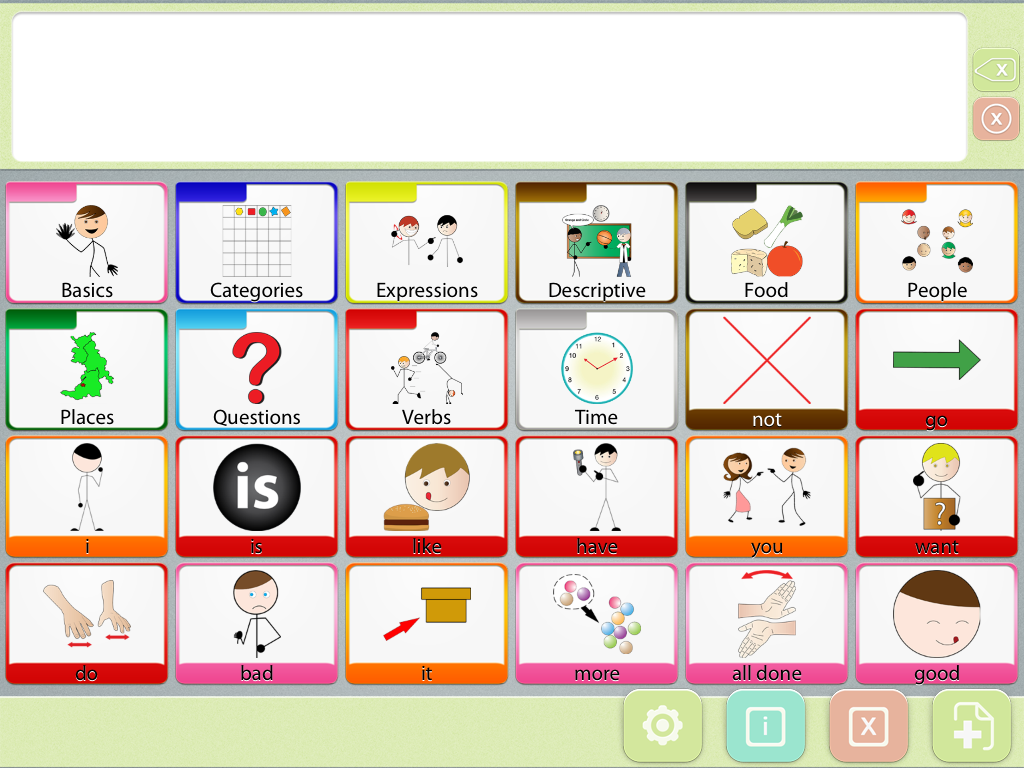

10 Responses
How long are the Daily 5 centers?
I’ve been pretty successful with this model: http://superpowerspeech.com/2013/06/slps-merging-into-classroom.html
Awesome, thanks so much for sharing it!
Thanks so much for sharing! It’s the only way I’ve tried that works for my students! It was soooo amazing to finally meet you!
Thank you so much for your blog. I love the center idea at the the elementary and even Middle school level. It can be very effective. I do struggle at the High school level. Inclusion is mandatory at our High School. I would love suggestion.
Thanks so much 🙂 High school is out of my area right now, but if I come across any information I can let you know.
How many classrooms do you push into? Do they group your kids in each grade level?
This year I pushed into 3-4 classrooms for different kids. My kids are scattered about the grade level classrooms but there are usually a few in each room.
What is the size of your caseload?
Currently about 40.